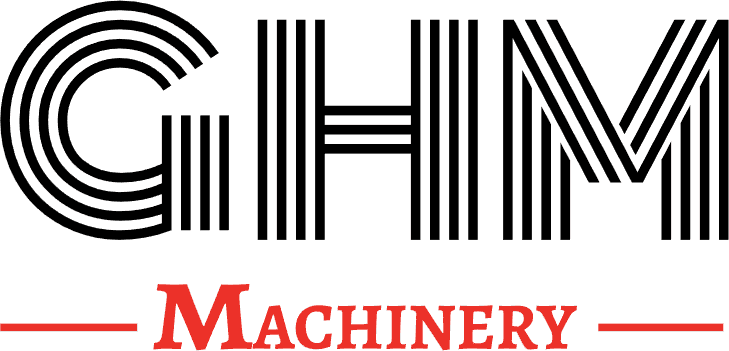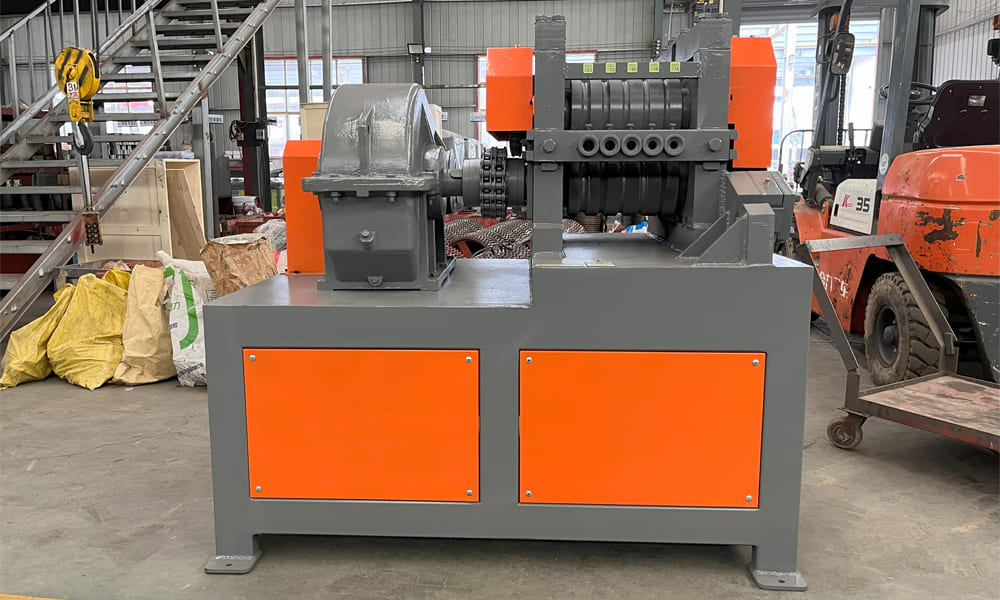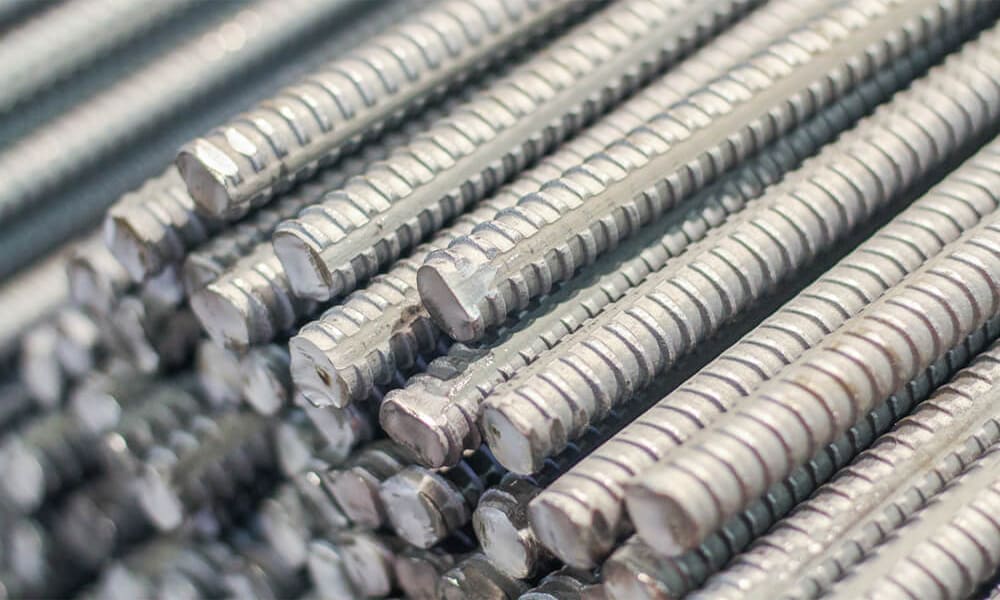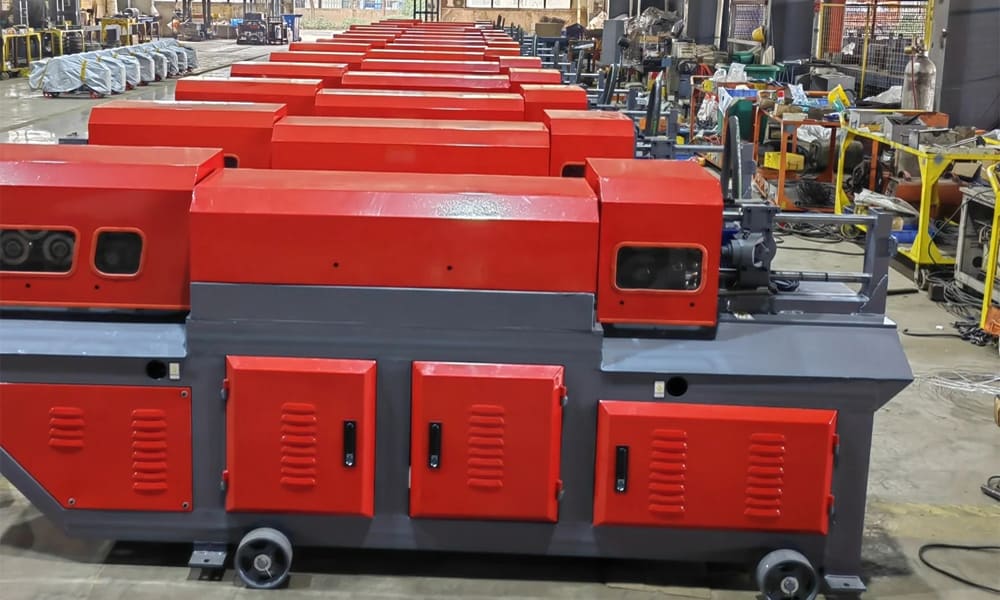The 1′ 1/2″ Rebar Bender: Features, Benefits, and Best Practices
The 1′ 1/2″ rebar bender is indispensable construction equipment, designed to bend steel bars accurately and adapt to the demands of modern projects. This article explores its features, key benefits, and recommendations for use and maintenance.
Key Benefits of Rebar Bending Machines
Increased Efficiency: These machines allow for fast and accurate bending of rebar, reducing the time spent on manual labor. Unlike traditional methods, which are labor-intensive, these machines perform complex bending tasks with ease, significantly improving workplace productivity.
Optimized Safety: Manual rebar bending presents inherent risks for workers. Bending machines are equipped with advanced safety features that minimize hazards, efficiently detecting and addressing operational anomalies to ensure a safe environment.
Consistent Bending Quality: Thanks to their advanced control systems, these machines ensure precise bend angles and radii. Standardized operation allows for consistent results, regardless of the operator’s experience level.
Versatility in Bending Shapes: These machines are capable of performing a variety of bending shapes, from simple angles to more complex designs such as S and U shapes. Customization options adapt to project specifications, maximizing flexibility and productivity in rebar processing.
Key Factors When Selecting a Bending Machine
Functional Specifications: Ensure the machine you choose meets your specific project requirements, such as bend types, angles, and rebar diameters.
Manufacturing Quality: Opt for equipment built with durable materials and high-quality components, ensuring reliable performance and a long service life.
Operational Reliability: Prioritize machines known for their stability and resistance to failure, as this helps avoid project interruptions and maintain a safe environment.
Best Practices for Machine Operation and Maintenance
Compliance with Operating Instructions: Carefully follow the manufacturer’s guidelines to avoid overloading the equipment and extend its lifespan.
Regular Maintenance: Perform periodic cleaning to remove accumulated dust and debris. Inspect moving parts and lubricate them as needed to maintain optimal performance.
Safety Inspections: Regularly evaluate the machine’s safety mechanisms, ensuring they are functioning properly and capable of responding quickly to any abnormalities.
Conclusion
The 1′ 1/2″ rebar bender is an essential tool in modern construction. Its ability to perform precise bends, improve safety, and maintain high efficiency makes it a key component for infrastructure projects. Selecting the right model, along with effective operation and maintenance practices, ensures consistent performance and contributes to project success.



